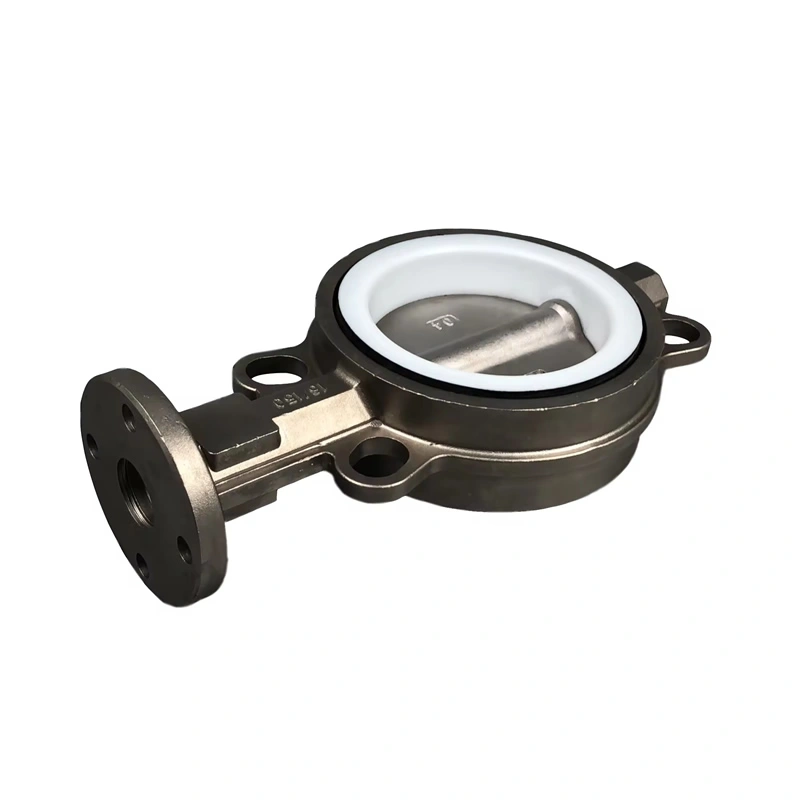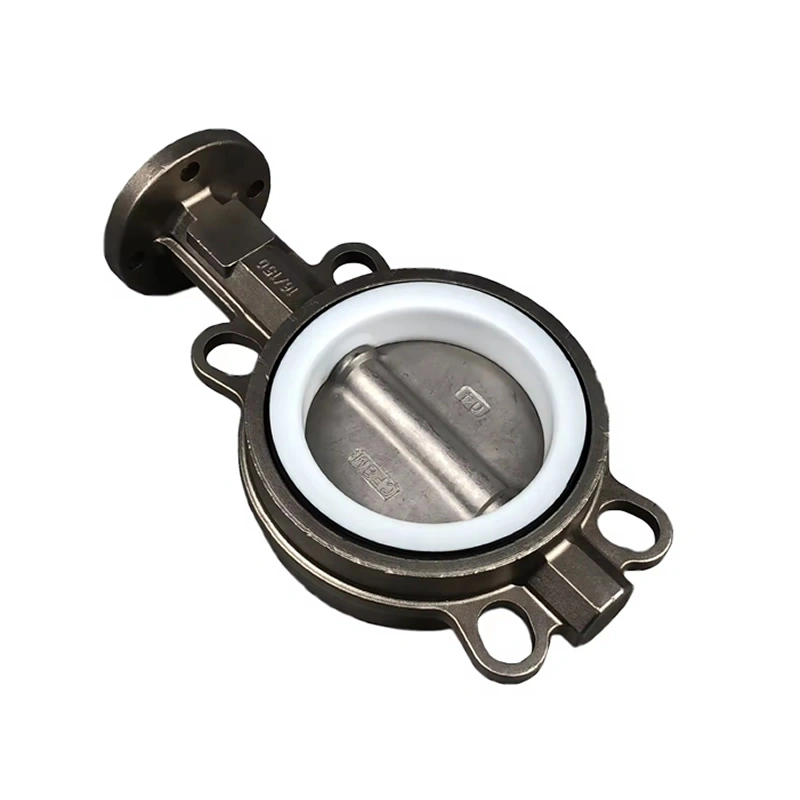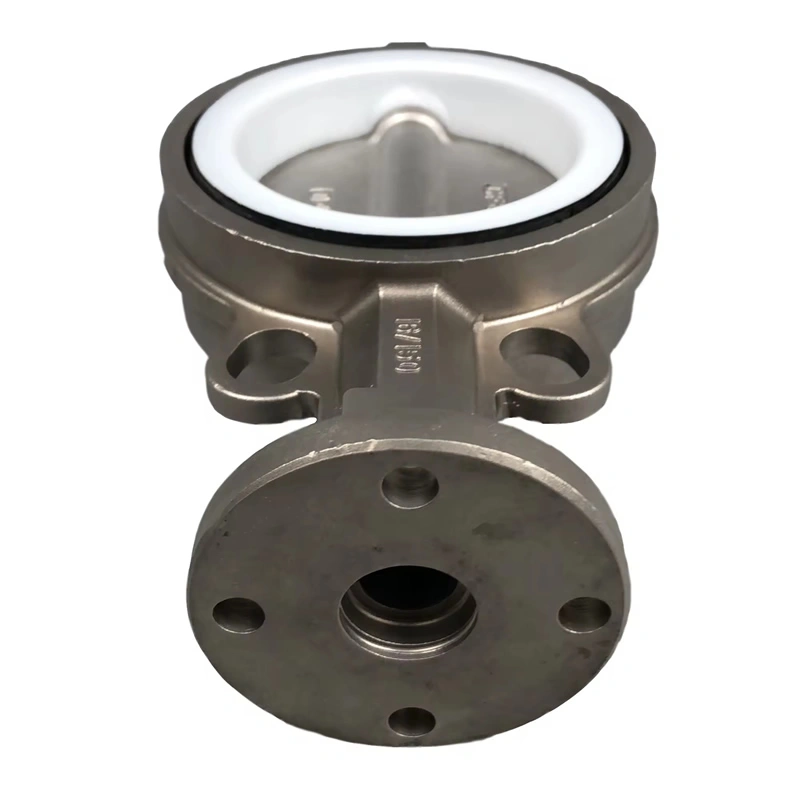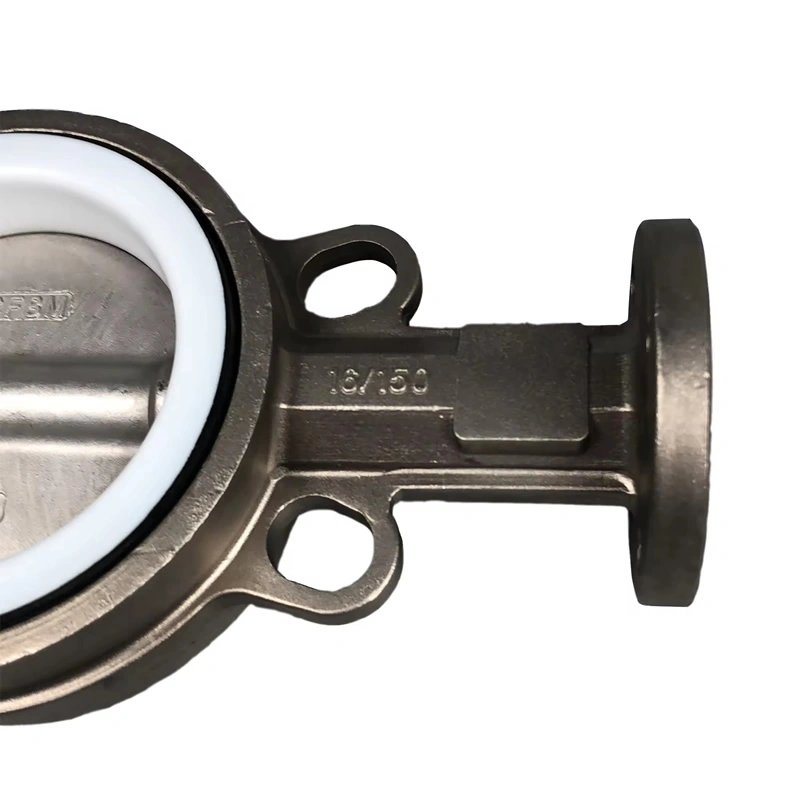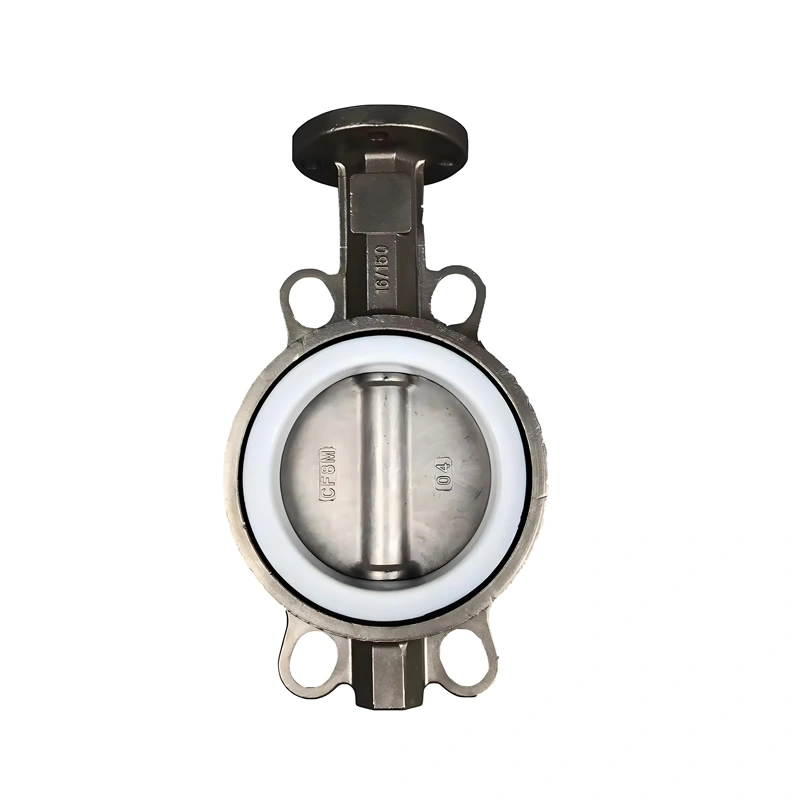- DN40-DN1200
- Soft Seal Manual Butterfly Valve
- Industrial, architectural,Water
- Water, Air, Gas, Oil
- Medium Temperature
- Water,Gas,oil
- -20℃~120℃
- Stainless Steel/Ductile iron/WCB
- Stainless Steel
- PTFE,EDPM,NBR
- PN1.0/1.6MPa
Specification
Newway Concentric Soft-Seal Butterfly Valve: A Multi-Scenario Solution for Industrial Fluid Control
I. Product Technical Positioning
The Newway Concentric soft-seal butterfly valve covers a nominal diameter range of DN40 to DN1200 (1.5″ to 48″), adopting a concentric central line structure (with the stem, disc, and pipeline centerline coaxial). The main materials include 304 stainless steel (CF8), ductile iron (DI), or WCB cast steel, suitable for medium-pressure conditions of PN10/PN16 (1.0/1.6MPa). The valve supports three connection types: wafer, lug, and flange, and can be equipped with manual handles, worm gears, or electric/pneumatic actuators. It is suitable for on-off and regulation control of media such as water, air, and oil within the temperature range of -20°C to 120°C, widely used in municipal engineering, industrial circulation systems, and building HVAC fields.
II. Core Product Features
(A) Concentric Central Line Structure Design
Low-Resistance Flow Channel Characteristics:
The central line layout makes the disc parallel to the fluid flow direction in the open state, with the flow resistance coefficient Cv increased by 20% compared to the eccentric structure (pressure loss of DN300 valve ≤0.3m water column), especially suitable for large-flow transportation scenarios (such as urban main water transmission pipes).
90° Precise On-Off:
The handle operation stroke is fixed at 90°, and the limit device is used to achieve precise feedback of the on-off state. The manual operation torque is ≤80N·m (DN200), which can be easily controlled by human force.
(B) Advantages of Soft Seal System
Multi-Material Sealing Solutions:
The valve seat can be selected from EPDM, NBR, or PTFE rubber, among which EPDM is suitable for drinking water (WRAS certified), NBR is resistant to oil media (resistant to ASTM No. 3 oil test), and PTFE is suitable for strong corrosion environments (pH 1-14), achieving zero-leakage sealing (leakage rate ≤5×10⁻⁸m³/s, EN12266 Class A standard).
Replaceable Design:
The seal seat is fixed by a dovetail groove or pressure ring, and can be replaced online without disassembling the pipeline after wear, reducing maintenance costs by 35% compared to hard-seal valves.
(C) Multi-Scenario Connection Adaptation
Wafer Type:
Compact structure, suitable for scenarios with limited space (such as building pipe galleries), installed by clamping through pipeline flanges, 15% lighter than the flange type.
Lug Type (LT):
The valve body has its own mounting holes, fixed by bolt penetration to prevent axial displacement, suitable for vibration conditions (such as pump inlets and outlets).
Flange Type:
In line with ANSI B16.5/DN standards, the sealing surface can be selected from RF surface or RTJ groove surface, suitable for high-pressure pipeline systems.
III. Important Technical Attributes
|
Parameter Category |
Technical Indicators |
Expansion Options |
|
Nominal Size |
DN40-DN1200 |
Customized DN1400-DN2000 (requires engineering evaluation) |
|
Pressure Rating |
PN10/PN16 (1.0/1.6MPa) |
Upgraded to PN25 (2.5MPa) |
|
Material System |
304 stainless steel/ductile iron/WCB |
316L stainless steel, duplex steel 2205 (corrosion-resistant scenarios) |
|
Actuation Mode |
Manual/worm gear/electric/pneumatic |
Hydraulic actuator, explosion-proof type (Ex d IIC T6) |
|
Sealing Standard |
EN12266 Class A |
Fire protection certification API 607 (metal seal redundancy design) |
|
Testing Standard |
API 598 (1.5 times hydrostatic test) |
Low-temperature test (-40℃, material upgraded to 304L) |

